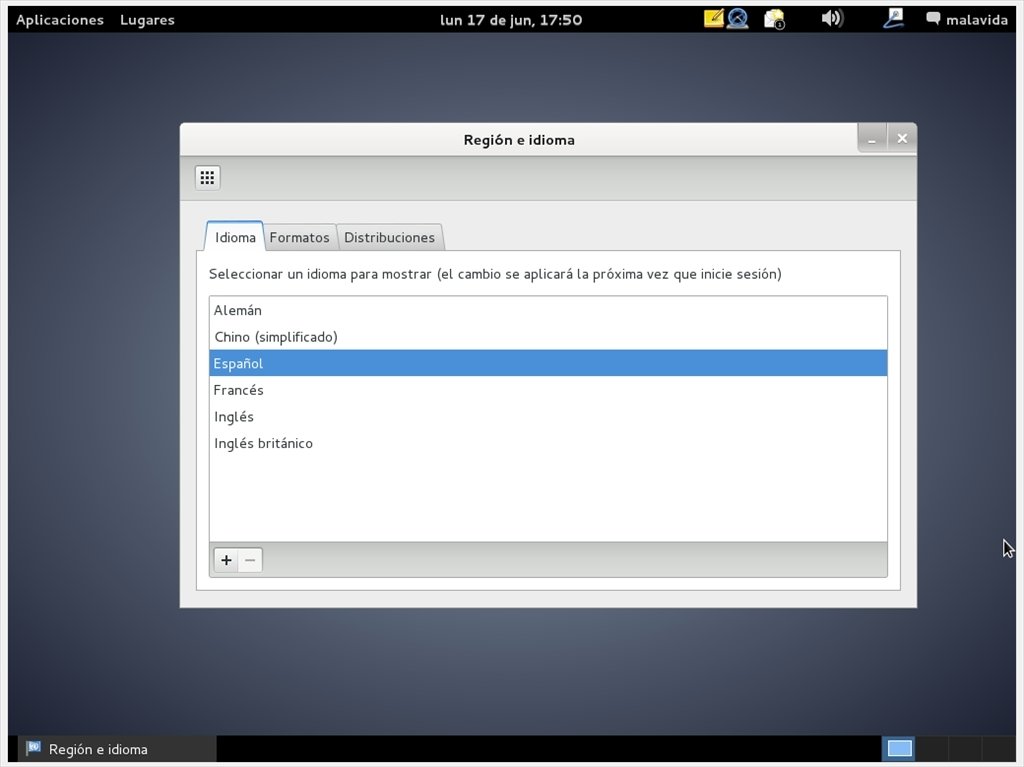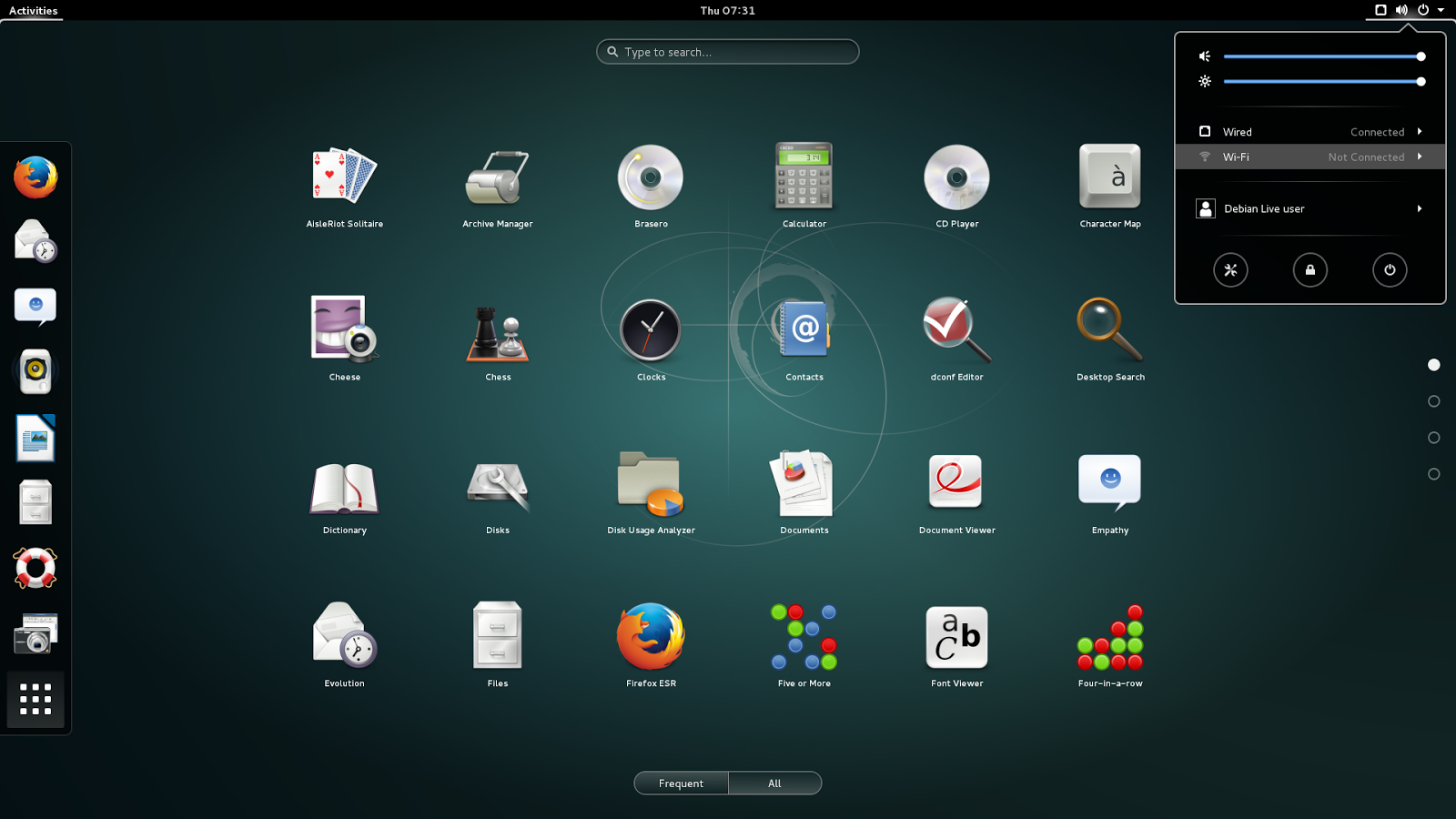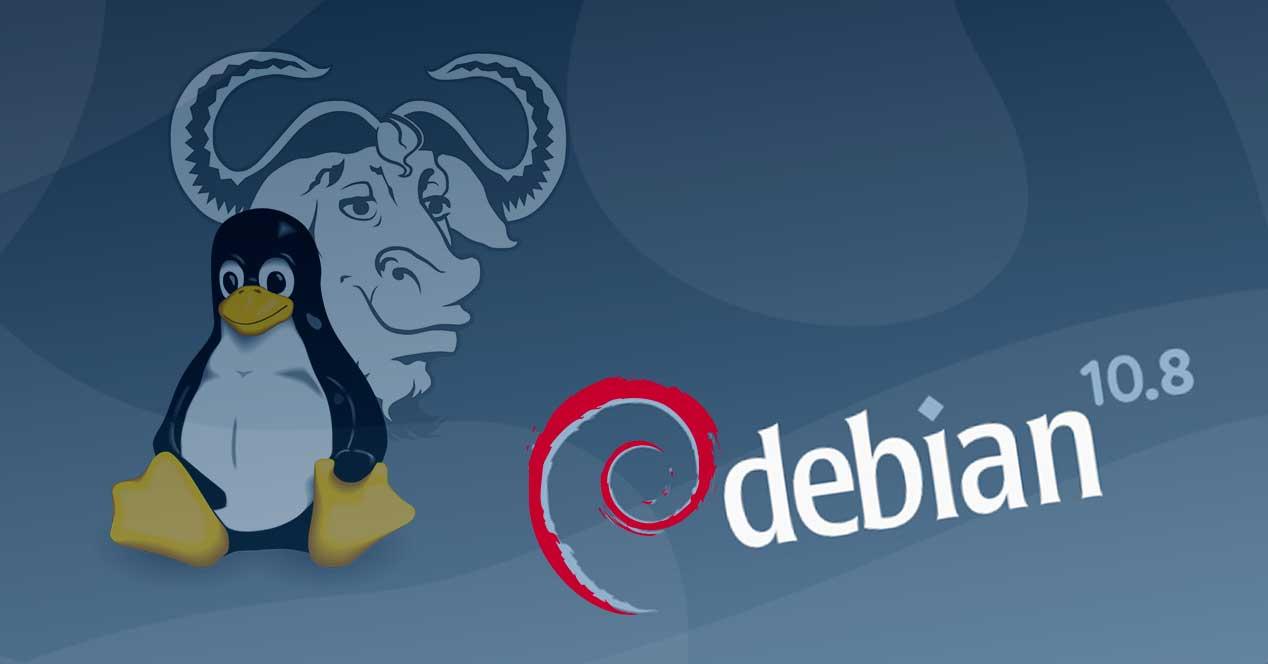

- #Debian 10 download how to
- #Debian 10 download install
- #Debian 10 download full
- #Debian 10 download iso
#Debian 10 download full
The root user is the superuser account that has full administrative privileges. The installer will then ask you to set up the root password. Choose a name that is unique and easy to remember. The hostname is the name that identifies your server on the network. Next, the installer will prompt you to enter a hostname for your server. If not, you'll need to manually configure your network settings. If your server is connected to the internet via Ethernet, the installer will automatically detect your network settings. The installer will then detect and configure your network settings.
#Debian 10 download install
Select the Install option from the main menu and press Enter.Ĭhoose your language, location, and keyboard layout from the subsequent screens. Follow the steps below to install the operating system − Your server will now boot from the USB drive.Īfter booting from the USB drive, you'll be presented with the Debian 10 minimal server installer. Save the changes and exit the BIOS or UEFI settings. This ensures that the server boots from the USB drive first. Once you're in the BIOS or UEFI settings, navigate to the Boot tab using the arrow keys.įind the boot order settings and move the USB drive to the top of the list. The key to press may vary depending on your server's manufacturer and model, but it's usually one of the function keys (F2, F10, F12, etc.). Power on your server and press the appropriate key to access the BIOS or UEFI settings.
#Debian 10 download how to
Here's how to change the boot order on a typical server − To do this, you'll need to change the boot order in the server's BIOS or UEFI settings.

#Debian 10 download iso
Now that you've created a bootable USB drive with the Debian 10 minimal server ISO image, you'll need to boot your server from the USB drive. This process may take a few minutes, so be patient. Rufus will format the USB drive and copy the ISO image to the drive. Leave all other settings as default, and click the START button to begin the process. Under the Boot selection section, click the SELECT button and choose the Debian 10 minimal server ISO file you downloaded earlier. Launch Rufus and select your USB drive from the Device dropdown menu. Insert your USB drive into your computer.ĭownload and install Rufus from the official website: Here's how to create a bootable USB drive using Rufus − To do this, you'll need a USB drive with at least 4GB of space and a tool like Rufus or Etcher to create the bootable drive. Once you've downloaded the Debian 10 minimal server ISO, you'll need to create a bootable USB drive to install it on your server. You can download it from the following link − Ĭhoose the appropriate architecture (i.e., 32-bit or 64-bit) and download the ISO file. The first step is to download the Debian 10 minimal server ISO image from the official Debian website.

Step 1: Download the Debian 10 Minimal Server ISO Here's a step-by-step guide on how to install a Debian 10 minimal server. If you're new to Linux, we recommend starting with a graphical desktop version of Debian 10, such as Debian 10 GNOME or Debian 10 KDE, and then moving to the minimal version once you're more comfortable. You'll need to be comfortable working with the command line interface and have a basic understanding of Linux. A minimal server is an excellent option for those who want to build a custom server tailored to their specific needs.īefore we begin, it's essential to note that installing a Debian 10 minimal server requires some technical knowledge. In this article, we'll show you how to install a Debian 10 minimal server, which is a stripped-down version of the operating system without any graphical user interface or unnecessary software. It's known for its stability, security, and open-source nature. If you're looking for a reliable and secure server operating system, Debian 10 (Buster) is an excellent choice.


 0 kommentar(er)
0 kommentar(er)
